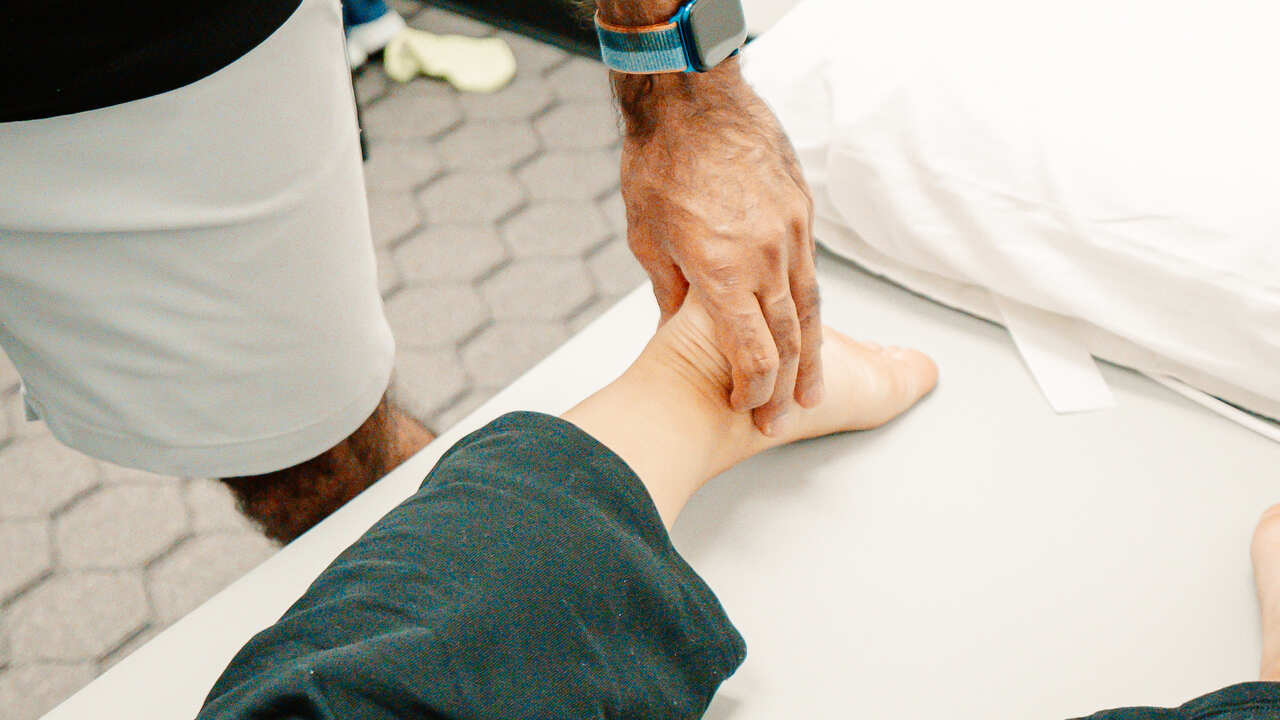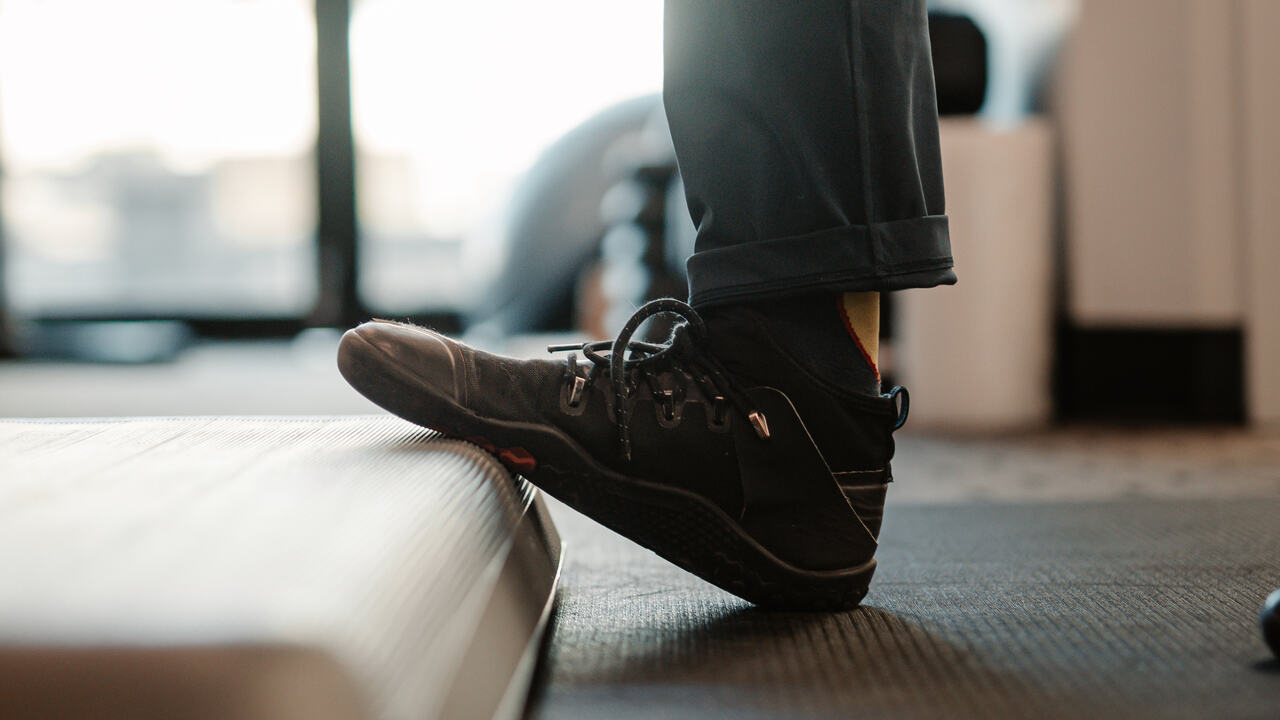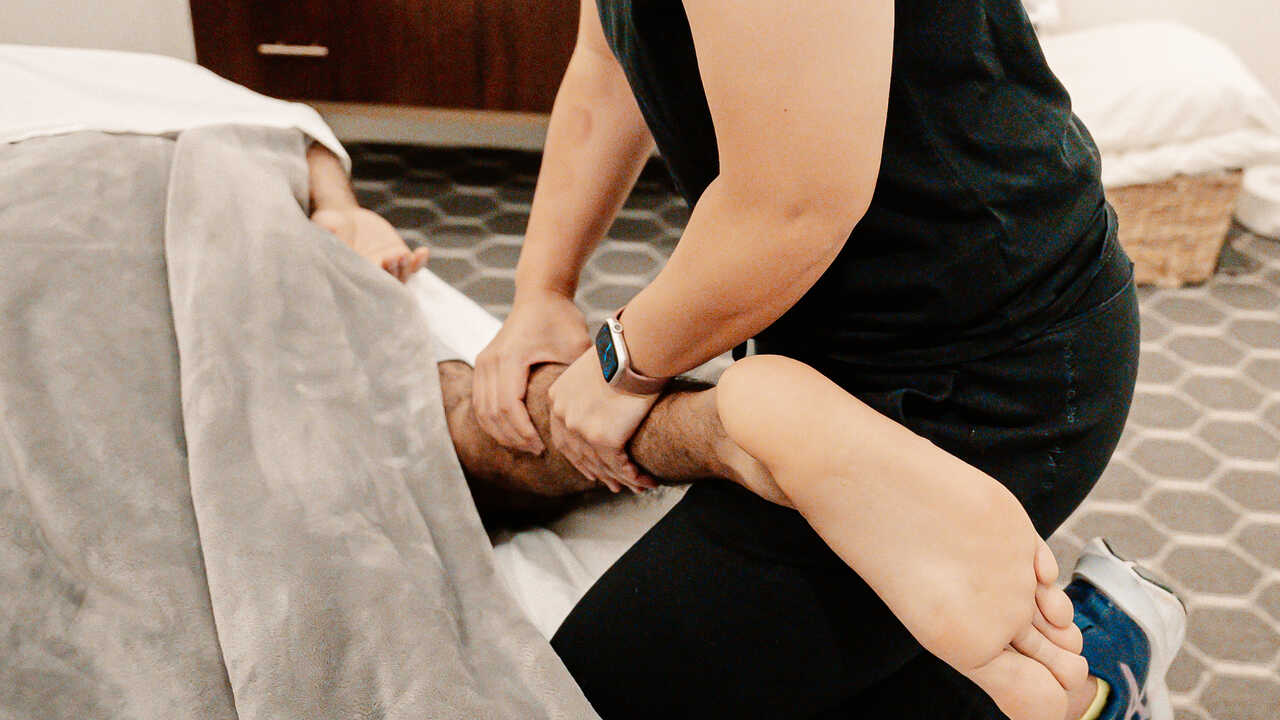
Plantar fasciitis, characterized by persistent heel discomfort, often prompts individuals to seek effective treatment options. This ailment, resulting from plantar fascia inflammation, may present as intense heel pain, turning basic activities such as walking into excruciating challenges. Physiotherapy in Kelowna shines as a ray of hope, providing methods focused on alleviating pain and enhancing foot function.
The Role of Proper Stretching
Proper stretching plays a pivotal role in alleviating the symptoms of plantar fasciitis. Incorporating exercises such as calf stretches, the soleus stretch, and the towel stretch into one’s daily routine applies a gentle but constant stretch to the plantar fascia and Achilles tendon, promoting flexibility and healing. These stretches not only target the site of inflammation but also address related foot pain symptoms and joint pain that might be contributing to the overall intensity of pain experienced.
The Impact of Active Stretching
Active stretching, especially when performed first thing in the morning, can significantly reduce the morning pain often associated with plantar fasciitis. The period between stretches is crucial for recovery, as it allows the tendon to adapt without becoming overstressed. Stretching exercises, when done correctly and regularly, serve as a powerful tool for tendon stretching and pain management.
Lifestyle Adjustments: Modifying Activities to Ease Pain
In addition to stretching, modifying one’s activities to avoid actions that exacerbate foot pain is advisable. For instance, one should refrain from walking barefoot on hard surfaces, which can increase the strain on the plantar fascia. Employing techniques such as gentle foot massages can also provide temporary relief from the discomfort, although it’s essential to approach this with caution to avoid further irritation.
Combining Techniques for Better Results
While there is no one-size-fits-all answer to a permanent cure for plantar fasciitis, combining physiotherapy techniques, particularly proper stretching and attention to daily activities, can lead to significant pain reduction and improved quality of life. Remember, managing expectations and being consistent with therapy and exercises is key to dealing with this persistent form of foot pain known as plantar fasciitis.
Ready to Step Forward Without Pain?
If you’re in Kelowna and struggling with plantar fasciitis, Affinity Wellness is here to support you. Our team of experts is dedicated to providing personalized physiotherapy solutions tailored to your unique needs, helping you step back into life with confidence and comfort. Contact us today to embark on your path to recovery and rediscover the joy of pain-free movement.
Frequently Asked Questions
What Exactly Is the Plantar Fascia?
The Plantar Fascia is a thick band of tissue that runs along the bottom of your foot, connecting your heel bone to your toes. It supports the arch of your foot and helps with shock absorption when you walk or run.
What Exactly Is the Soleus Muscle?
The soleus is a powerful muscle located in the back part of the lower leg (calf). It runs from just below the knee to the heel and is one of the muscles that help flex the foot downward (plantar flexion). This muscle is crucial for activities such as walking, running, and standing, as it helps to maintain posture and stability. When it comes to plantar fasciitis, the soleus muscle plays a significant role due to its connection through the Achilles tendon to the plantar fascia.
If the soleus muscle is tight or overused, it can pull on the Achilles tendon, which in turn places additional stress on the plantar fascia, potentially leading to increased pain and inflammation associated with plantar fasciitis. Therefore, proper stretching and strengthening of the soleus muscle can be beneficial in managing and reducing the symptoms of plantar fasciitis.
Where Does Plantar Fasciitis Pain Typically Occur?
Plantar fasciitis pain typically occurs at the bottom of the heel or along the arch of the foot. This common condition can cause discomfort and stiffness, impacting daily activities. Understanding its symptoms and treatments is essential for effective management and relief.




